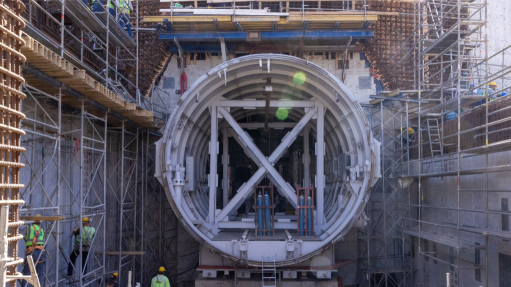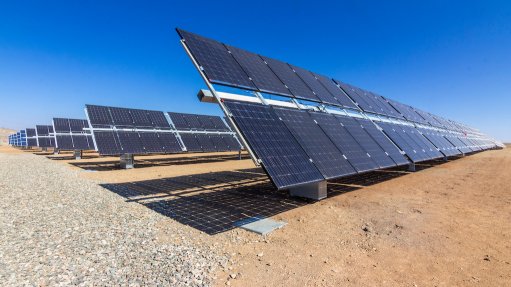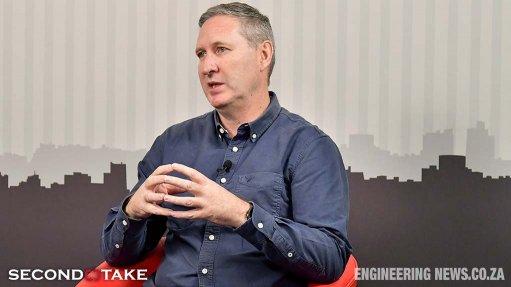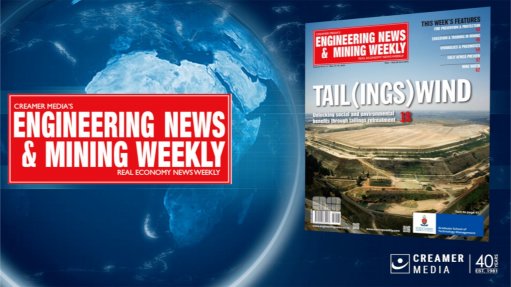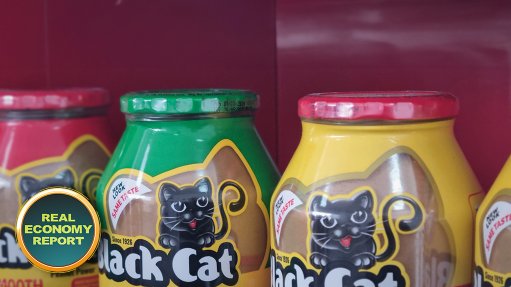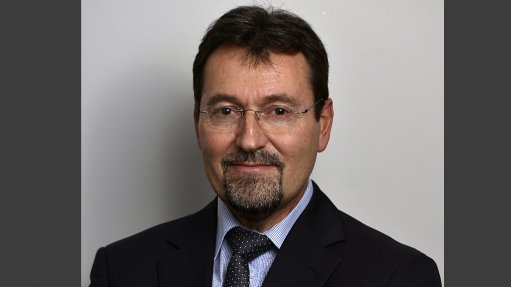RMB says Rail Policy White Paper lays foundation for private investment
Financial services provider Rand Merchant Bank (RMB) says the private sector stands ready to invest in South Africa’s rail industry, in partnership with government.
Referring to the recently released National Rail Policy White Paper, RMB infrastructure finance public-private partnerships and concessions head Siyanda Mflathelwa says the paper reveals a much-needed localisation strategy for South Africa and an opportunity to strengthen manufacturing and export industries – one that the private sector can gladly get behind.
The policy will serve as a starting point to facilitate private sector involvement in the rail sector.
Mflathelwa says the regulatory framework alone sets the tone for ongoing private and public engagement and that regulation can range from simply defining technical and safety standards to facilitating economic regulation and tariff setting in cases of market liberalisation.
“Regulation is a key determinant of the degree of openness of a railway market to private investment,” she notes, adding that in South Africa’s case, the regulation should create transparency.
RMB expects the white paper to be followed by a clear procurement framework with balanced risk allocation. The role of the regulator should be solidified to create clear tariff setting methodologies, she suggests.
RMB has witnessed various sustainable ownership models being implemented in a bankable way in other parts of the world.
“On one end of the spectrum is a leasing model where the network and all rolling stock remains in government ownership, and rolling stock is refurbished and operated by private operators through leasing structures.
“On the other end of the spectrum is a separation of ownership between the network and the rolling stock, with private operators owning the rolling stock and government also being one of many operators on the government network. While both models can be bankable, what is important is a balanced risk allocation and model that allows for long-term amortisation of the capital costs invested.”
Correctly implemented, this would have a significant impact on the Southern African Development Community region as it would allow for regional integration, which could increase regional trade and increase the multiplier effect on each rand spent.
Consistent procurement programmes have been prove to attract significant investment for the infrastructure and allow for private sector commitment to greater localisation and job creation, which are key objectives for government.
“However, given the large capital investment required, the commenrcial viability of implementation for the National Rail Policy needs careful consideration,” Mflathelwa warns.
“If a concession model is employed on the branch lines, then the commercial underpin will be vital for the success of the concession arrangements. If an open access model is employed on freight lines, then the ability to generate revenue in the long term will be a key determinant.”
Mflathelwa believes there to be no shortage of capital in the South African market for a well-structured programme in the rail sector.
If approached from an environment, social and governance perspective, the rail sector may well attract multiple sources of targeted funding from development finance institutions and impact investors, she mentions.
This is in addition to the commercial funding that is already available in the South African market. Rail can also aid in achieving South Africa’s net-zero carbon emissions targets in 2030 and 2050.
Comments
Press Office
Announcements
What's On
Subscribe to improve your user experience...
Option 1 (equivalent of R125 a month):
Receive a weekly copy of Creamer Media's Engineering News & Mining Weekly magazine
(print copy for those in South Africa and e-magazine for those outside of South Africa)
Receive daily email newsletters
Access to full search results
Access archive of magazine back copies
Access to Projects in Progress
Access to ONE Research Report of your choice in PDF format
Option 2 (equivalent of R375 a month):
All benefits from Option 1
PLUS
Access to Creamer Media's Research Channel Africa for ALL Research Reports, in PDF format, on various industrial and mining sectors
including Electricity; Water; Energy Transition; Hydrogen; Roads, Rail and Ports; Coal; Gold; Platinum; Battery Metals; etc.
Already a subscriber?
Forgotten your password?
Receive weekly copy of Creamer Media's Engineering News & Mining Weekly magazine (print copy for those in South Africa and e-magazine for those outside of South Africa)
➕
Recieve daily email newsletters
➕
Access to full search results
➕
Access archive of magazine back copies
➕
Access to Projects in Progress
➕
Access to ONE Research Report of your choice in PDF format
RESEARCH CHANNEL AFRICA
R4500 (equivalent of R375 a month)
SUBSCRIBEAll benefits from Option 1
➕
Access to Creamer Media's Research Channel Africa for ALL Research Reports on various industrial and mining sectors, in PDF format, including on:
Electricity
➕
Water
➕
Energy Transition
➕
Hydrogen
➕
Roads, Rail and Ports
➕
Coal
➕
Gold
➕
Platinum
➕
Battery Metals
➕
etc.
Receive all benefits from Option 1 or Option 2 delivered to numerous people at your company
➕
Multiple User names and Passwords for simultaneous log-ins
➕
Intranet integration access to all in your organisation






